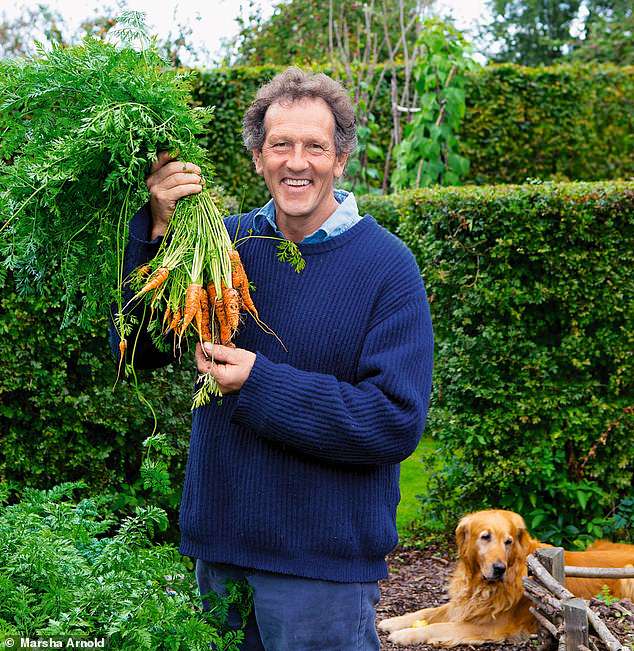Monty Don’s Carrot Growing Tips for April: The Critical Mistake You Should Avoid
As soon as the soil loses its chill, I make it a point to sow carrots. The exact timing varies, but on our heavy clay soil, it’s usually around mid-April.
Back when I lived on the free-draining chalky soil of Hampshire, I could often start a full month earlier. If the seeds do manage to germinate, they can provide a steady harvest from June throughout the summer.
However, that’s a fairly big “if.” Germination can be unpredictable—often patchy, and occasionally it doesn’t happen at all.

So, I follow up with a second sowing in early May—often in the same spot where the first batch failed to take off—and this one usually performs better. Then comes a third round in June, which tends to be the most successful of all, as was the case this year.
With that in mind, now’s a good time to consider which carrot varieties to order for next season. For the first two sowings, I usually go with a mix of Nantes-types—shorter and stubbier than the classic long, slender carrots—along with Chantenay and Berlicum varieties.
Come June, I switch to ‘Autumn King’, a variety that reliably stays in the ground well into December. This year, though, I couldn’t resist trying a variety called ‘Nigel’.
If you’re familiar with my loyal canine companion, the name will make perfect sense. As it turned out, ‘Nigel’ exceeded expectations—germinating quickly, growing steadily, and producing clean, long roots by late August.
Considering it was a hot, dry summer and I didn’t water any of the vegetable beds, the result was quite a pleasant surprise.
That particular bed had been generously amended with grit, which made a big difference. The added drainage allowed the roots to grow quickly and easily—likely reaching down to the moisture still present in our nutrient-rich soil, even though the top few inches were bone dry.
It’s a good reminder that while carrots tend to thrive early in the season on lighter soils, those of us working with heavier ground are better off waiting until the soil is not just free of chill but genuinely warmed through. If that means holding off until June, so be it—it’s usually worth the wait.
The main concern for carrot growers is carrot fly (Psila rosae), a pest drawn to the distinct scent of carrots. The fly lays its eggs just beneath the soil surface near the plants, and once the larvae hatch, they tunnel into the developing roots.
The frustrating part is that the foliage often looks perfectly healthy—until you pull up a carrot and find it riddled with holes from the larvae.
Traditionally, the go-to advice has been to use physical barriers. I’ve often recommended covering beds with fleece right from sowing, or setting up a low barrier (about 90cm or 3ft), since the flies don’t tend to fly higher than that.
Other strategies include masking the carrots’ scent with equally aromatic plants like chives—but for this to work, you need as many chives as carrots, which isn’t always practical.
More recently, though, a simpler approach is gaining popularity: sow your carrots—whether in blocks or rows—and don’t thin them at all. Just harvest gradually from one end, pulling only what you plan to eat and leaving the rest undisturbed. In practice, this works just as well as the more elaborate methods.
Timing also plays a key role. Carrot fly eggs typically hatch about a week after being laid, and the larvae develop into adults in around three months. The first generation appears in April or May, when cow parsley (a carrot family relative) is in bloom. These adults lay eggs again in July or August, creating a second generation.
Since the second-generation larvae often overwinter in the roots, one smart tactic is to sow between these waves—ideally in late May or early June—and harvest promptly once the crop is ready, rather than leaving it in the ground.


